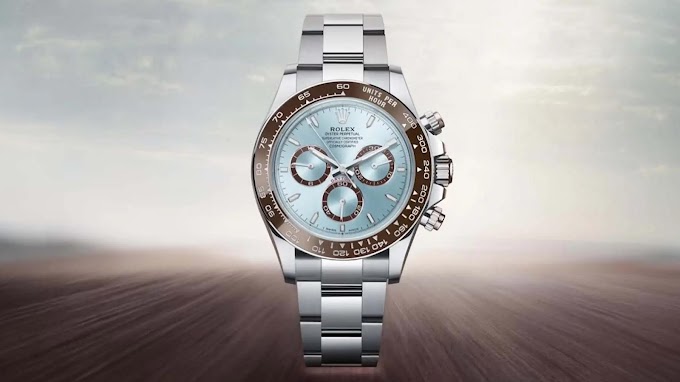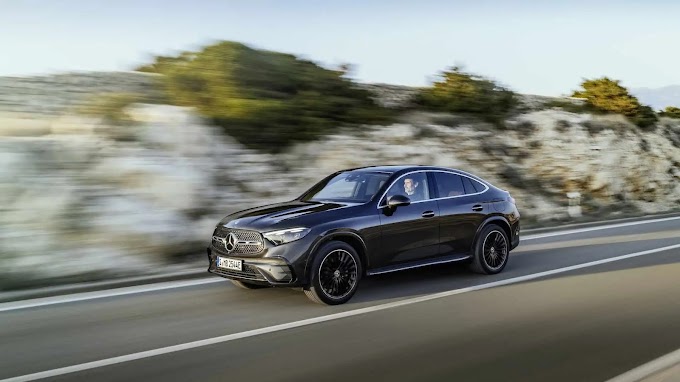The global smartwatch shipments nose dived with a massive decline in shipments of 32% in Q2 2016 according to preliminary data from International Data Corporation’s (IDC) worldwide quarterly wearable device tracker. Smartwatch vendors shipped 3.5 million units in the second quarter of 2016, which was down substantially from the 5.1 million shipped a year ago.
Apple held the top rank by shipping 1.6 million watches. However, it was the only vendor among the top 5 to experience an annual decline in shipments. In fairness to Apple, the year-over-year comparison is to the initial launch quarter of the Apple Watch, which is in many ways the same product offered in the most recent quarter with price reductions.
Perhaps one of the biggest omissions in the smartwatch market is the absence of traditional watchmaker brands among the leading vendors. To date, only a small handful of traditional watchmaker brands have entered the smartwatch market, trailing far behind their technology brand counterparts. Participation from traditional watchmaker brands is imperative to deliver some of the most important qualities of a smartwatch sought after by end-users, namely design, fit, and functionality. Combine these with the brand recognition and distribution these brands already have, and it’s reasonable to expect the smartwatch market to grow from here.
Despite a down quarter, Apple remained far and away the market leader in smartwatches. The pure exposure of the device and brand through tactical marketing gives it a leg up on the competition. Watch 2.0, along with updates to watchOS, could help drive existing user refresh and more importantly, a new wave of first-time buyers.
Samsung – the Korean vendor has done well with distribution through American telcos and this has paid off as Samsung holds the number 2 position among the top 5 smartwatch vendors. In particular, the Gear S2 lineup is off to a great start as Samsung has successfully de-coupled the smartwatch from the smartphone. Focusing on the telco channel to drive future success in telco-driven markets is likely to remain the core strategy for Samsung moving forward.
For Lenovo – the first-mover advantage is still paying off for the Motorola brand as it continues to be the smartwatch of choice for those interested in Android Wear-based circular displays. Moto’s recent attempt to branch out to the fitness market with the Moto 360 Sport have been met with mixed results as the device still lacks some of the benefits of fitness-first devices from the likes of Fitbit, Garmin, or others.
LG Electronics – the Watch Urbane recently introduced a new SKU supporting LTE connectivity. Like Samsung, LG’s growing presence in the US telco channel has proven beneficial as the operators seek new revenue streams. Though LG is first to offer an LTE-enabled Android Wear watch, the lack of complete support from Google – Android Wear 2.0 is set to launch later this year with support for LTE – stifles the device’s aspirations.
Garmin – rounds out the top 5, having almost doubled its share since last year due to the introduction of new smartwatches like the Fenix 3. Though the number of apps and Connect IQ-enabled devices have grown in number over the past year, they still remain relatively small and cater to a niche audience – athletes.








